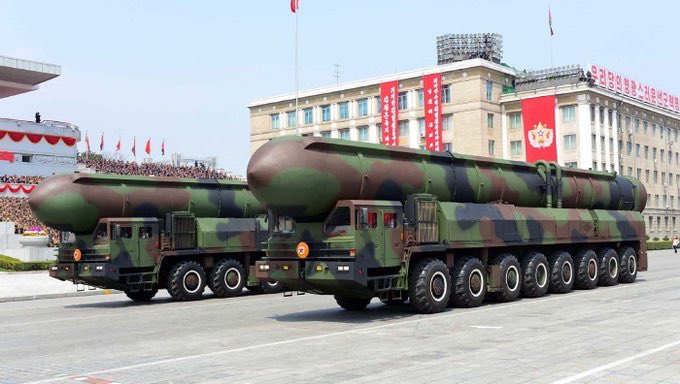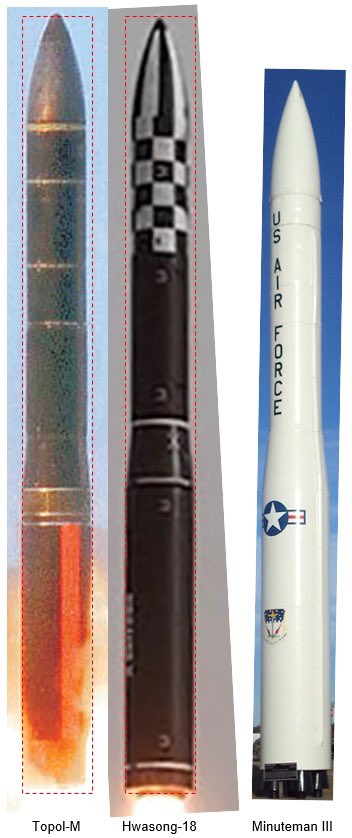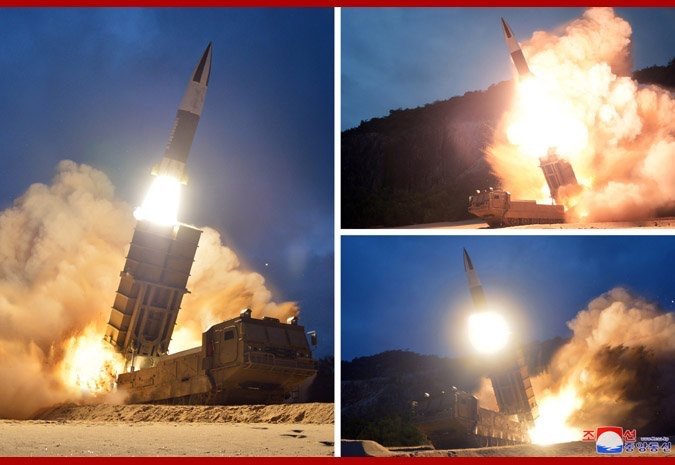Some early thoughts on the #NorthKorea #Hwasong18 #Missile launch. 🧵
https://twitter.com/rocketschiller/status/1646750379948769280
North Korea promised a lot over the past years, but they keep delivering. Solid ICBMs were hinted at as early as April 2017. 1/ 

They also had included a solid ICBM in their current 5-Year-Plan, I think. Don’t nail me down on that one, though. I think @JosephHDempsey just mentioned an announcement of the solid ICBM in January 2021. /2
As always with North Korea, the speed of turning that idea into reality was breathtaking. They fired a big “140 tf” solid motor in December 2022, just 4 months ago. /3 

And just yesterday, they successfully launched their three stage solid ICBM “Hwasong-18”. As a rocketeer, congratulations to that achievement. /4 

There are nice photos and videos available from the launch. A treasure trove of information, but also looks cool 😎 Thanks to NK! /5
One thing to verify with that is, for example, first stage burn time, which should be around 65 seconds. And it is. /6 

Why? Because a smart way to design a three stage solid ICBM of that size and performance would be that configuration we’re seeing, and the characteristics that follow from this choice. /7 

Nonetheless, it’s still surprising how close so many details of the Hwasong-18 and its operations resemble those from the Topol family. Just look at this video (I only had a mobile Topol launch at hand, the successor Topol-M should look similar. /9
These parallels in technology are quite common in the North Korean program, having started with identical Scud copies in the 1980s, up to the engines that power their liquid ICBMs (which all were copied with almost no visible NK development and tests, and very few failures). /10 

Therefore, the quick success of the Hwasong-18 can be seen as another proof of the NK genius at work. Where it took Soviets and China decades(!) to get solid ICBMs, NK just does it better, it seems. Also, none of those countries would dare to support NK missile development. /11
So much for now. On the road ahead: NK will probably declare the HS-18 operational and in serial production, and start fielding large numbers next month. Perhaps we’ll see another launch. Or not. You never know with North Korea. 12/12
• • •
Missing some Tweet in this thread? You can try to
force a refresh

 Read on Twitter
Read on Twitter










